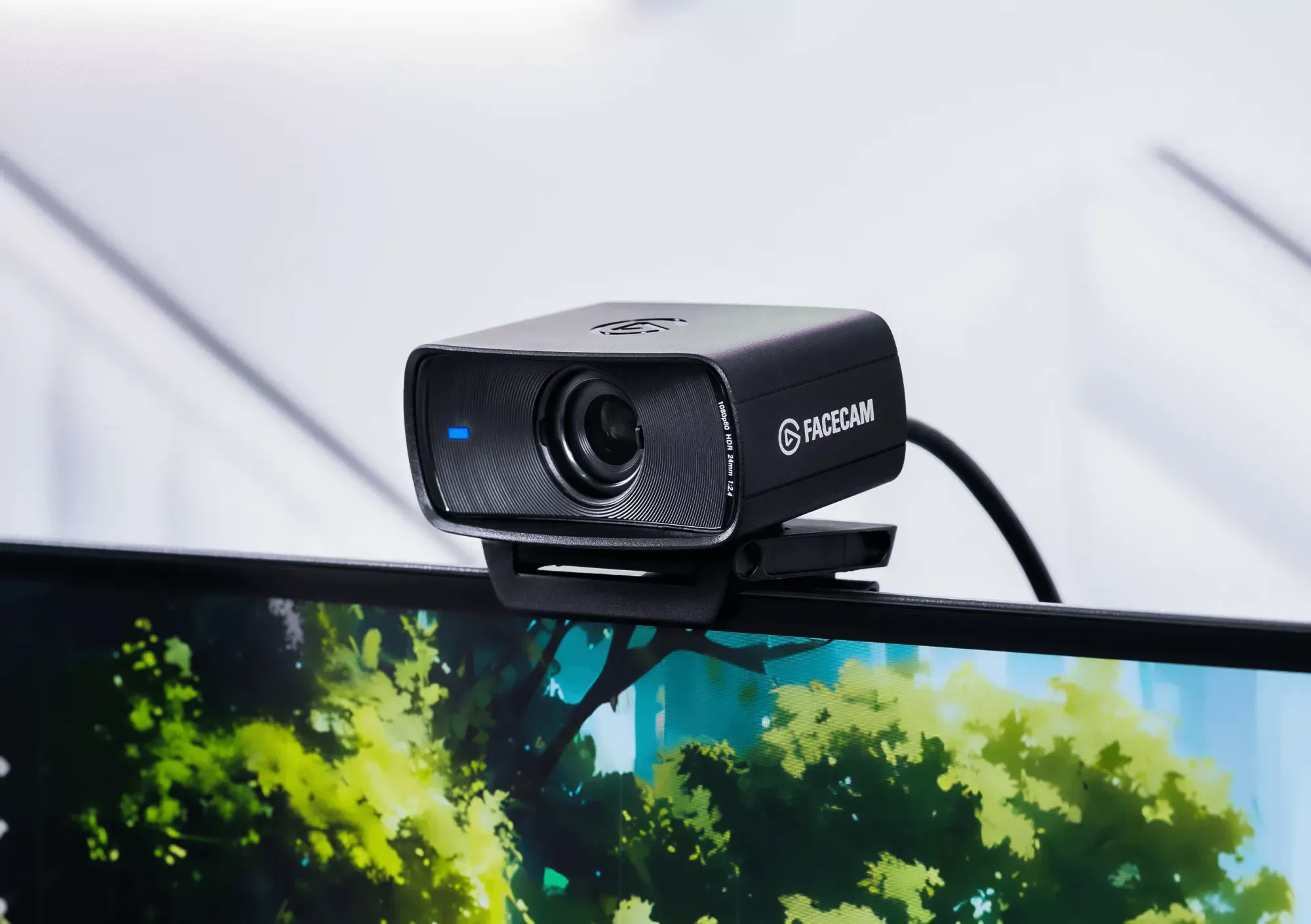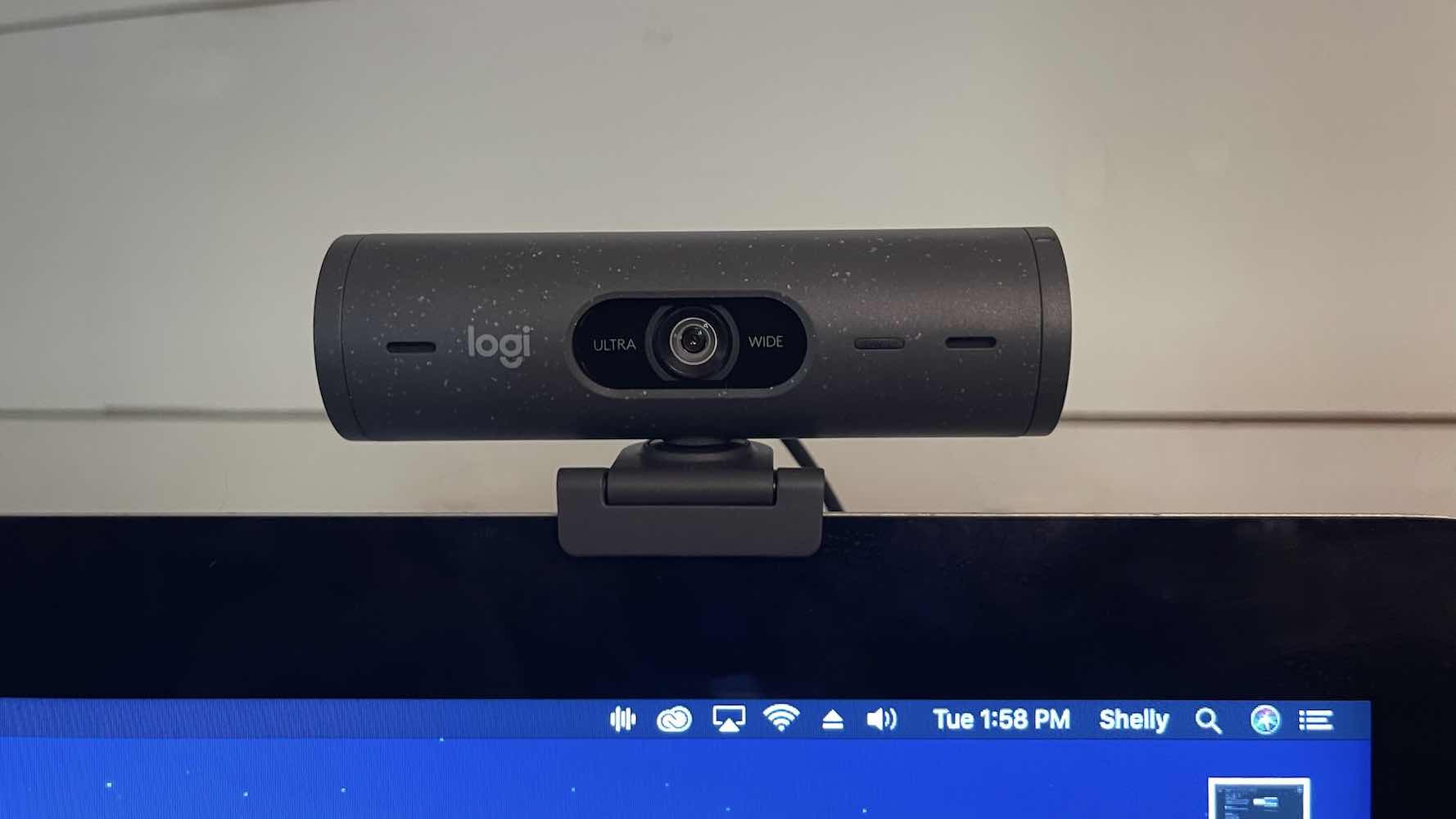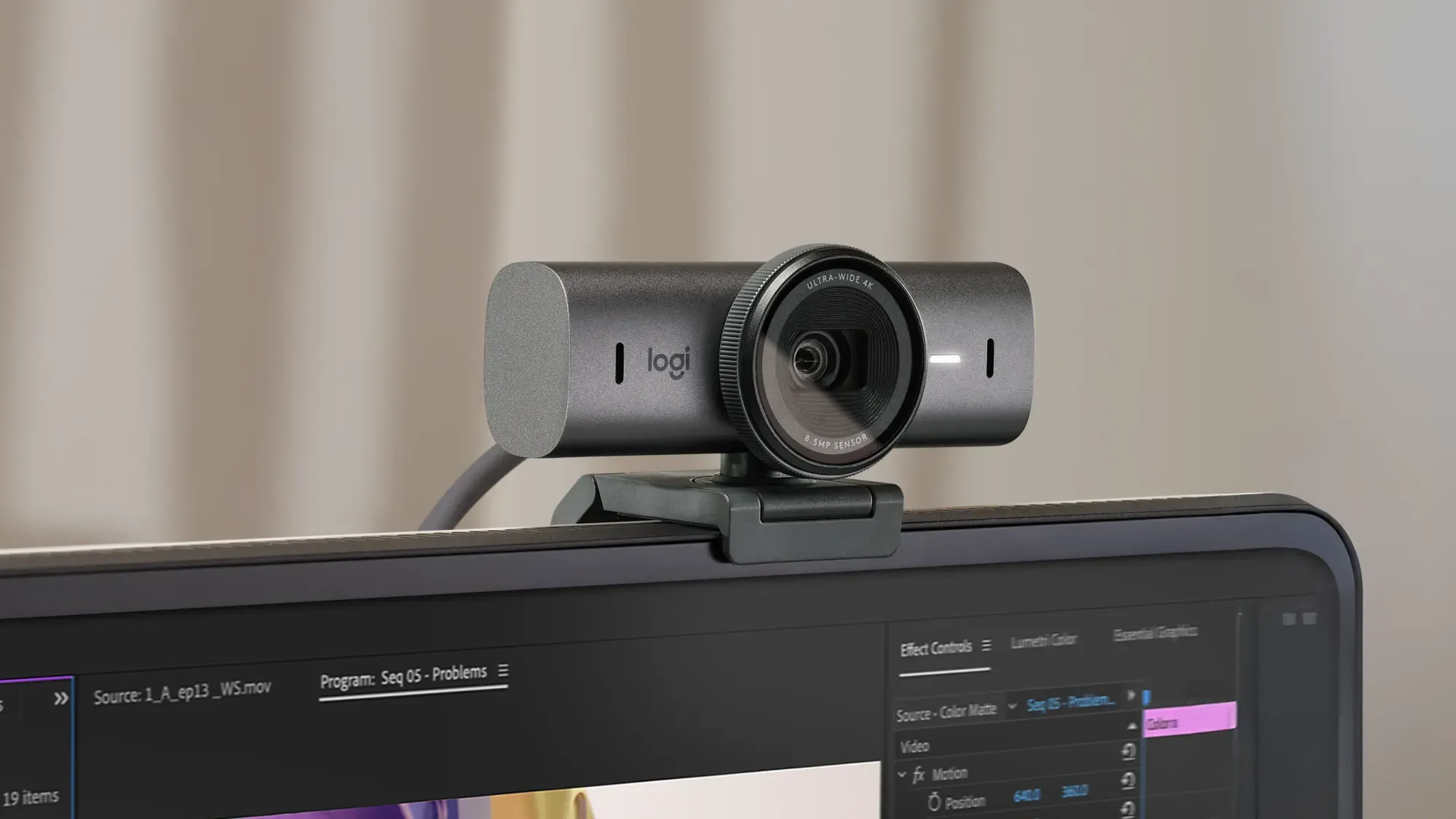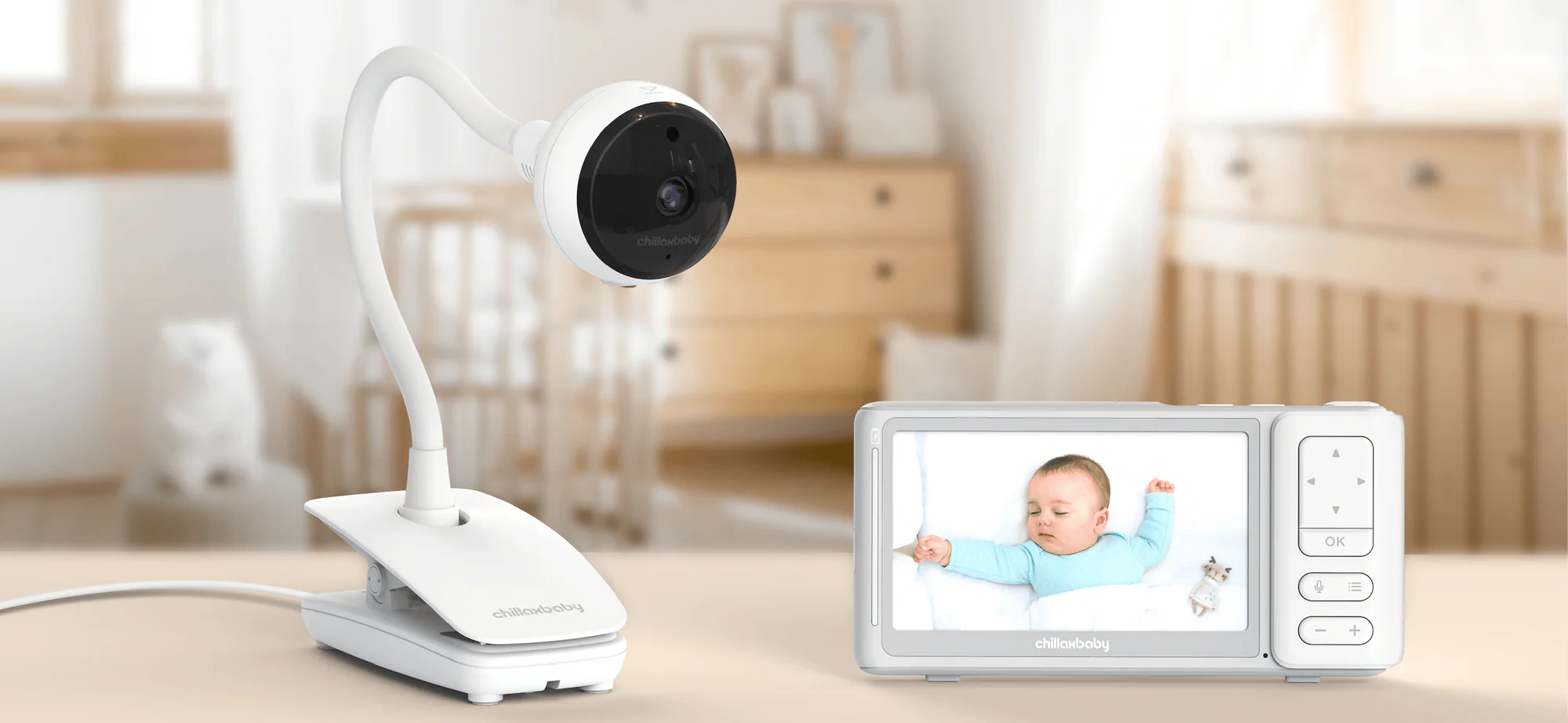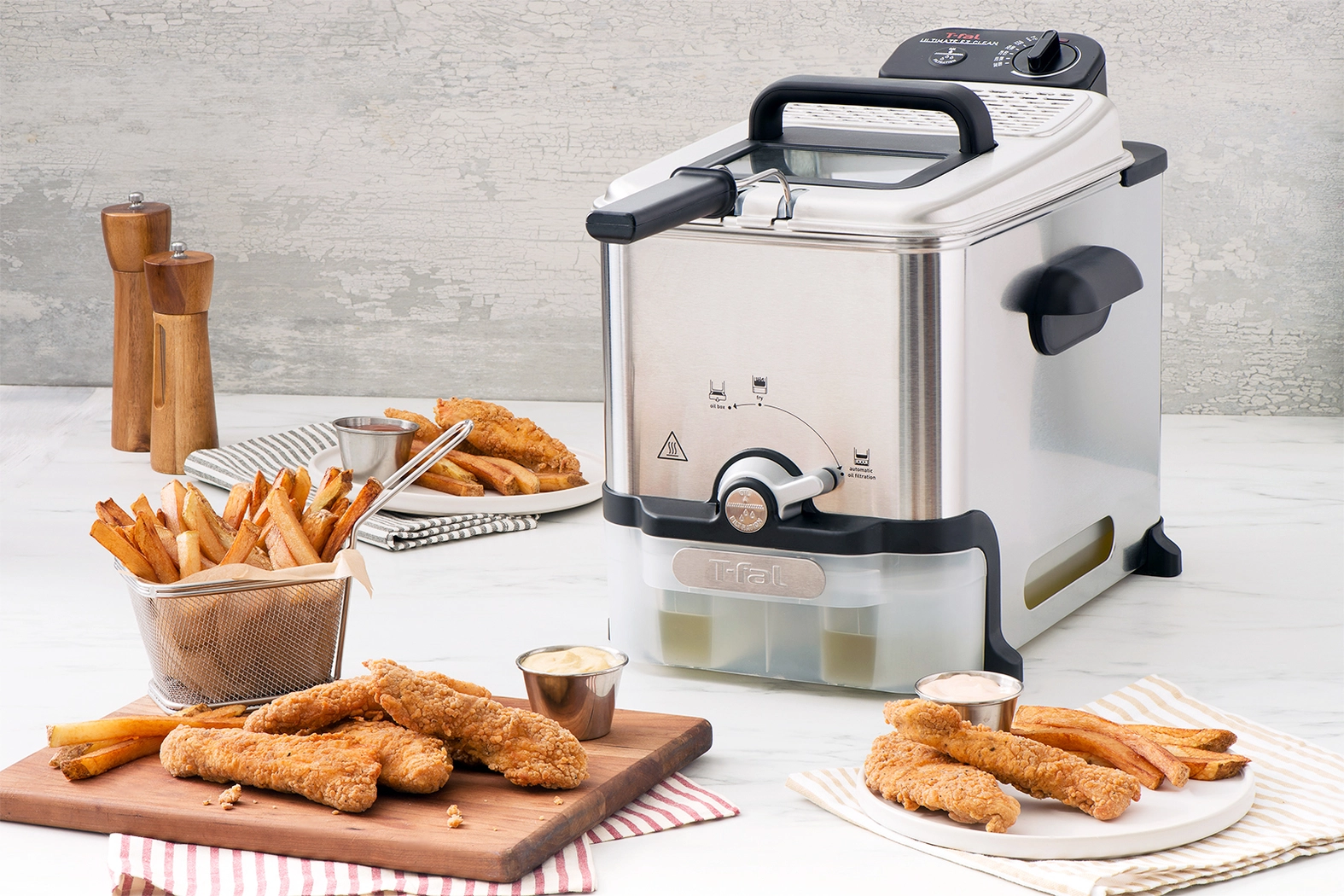Last updated on:
July 24, 2025
Remote work changed how we communicate at work. Video calls became the main way teams collaborate. This makes a good webcam essential for your career success. Built-in laptop cameras work for personal calls. But remote workers need equipment that looks professional and ensures clear communication during meetings, presentations, and client talks.
The right webcam impacts your professional image. It reduces eye strain during long video conferences. It ensures colleagues see you clearly in different lighting conditions. This guide helps you navigate the webcam market and choose the perfect camera for your remote work setup.
Understanding Webcam Specifications
Resolution Standards
- 1080p (Full HD) works best for most remote workers. This resolution provides sharp, clear video quality that looks professional on video calls. It does not use too much bandwidth or storage. Most video conferencing platforms work best with 1080p. This makes it the practical choice for daily use.
- 4K (Ultra HD) webcams offer exceptional detail and prepare your setup for the future. Most video conferencing platforms do not use 4K resolution fully. But these cameras perform better in 1080p mode because they have superior sensors and processing. However, 4K cameras cost more and may be too much for standard business meetings.
- 720p (HD) cameras cost less but may look less professional by today's standards. They work for occasional use but we do not recommend them for regular business communications.
Frame Rate Considerations
- 30fps is the standard for video conferencing and looks smooth for typical business calls. Most webcams use this frame rate by default. It balances quality with bandwidth requirements.
- 60fps provides smooth motion and helps with presentations that involve movement or screen sharing. However, it needs more bandwidth and processing power. This can cause issues on slower internet connections.
Field of View Options
- 90-degree field of view works best for single-person use. It frames you naturally without including too much background. This is the most common and practical choice for remote work.
- 78-degree field of view offers a tighter frame. It works well for formal presentations where you want to appear closer to the camera.
- 65-degree field of view provides an even tighter frame. It looks similar to professional broadcasting setups.
Audio Quality
Many webcams include built-in microphones. But dedicated external microphones provide better audio quality. However, webcam microphones can serve as useful backups or for environments where additional equipment is not practical.
Top Webcam Recommendations for Remote Workers
Best Overall: Elgato Facecam MK.2
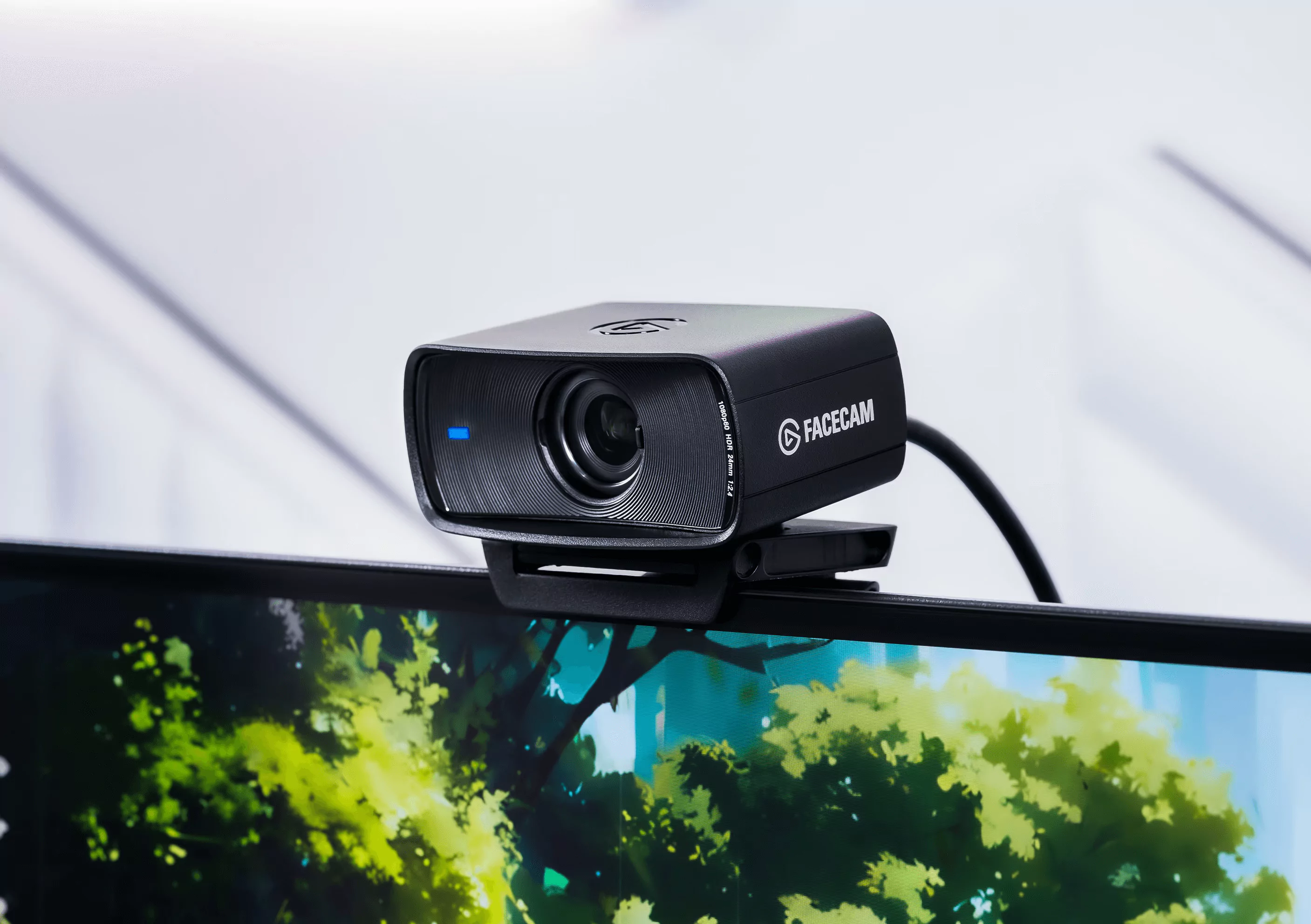
The Elgato Facecam MK.2 offers versatility and excellent picture quality. It includes quality-of-life features content creators appreciate. This 1080p camera delivers exceptional image quality with its Sony Starvis sensor. It provides excellent low-light performance that home office environments need.
Key Features:
- 1080p resolution at 60fps
- Sony Starvis sensor for superior low-light performance
- 90-degree field of view
- Advanced autofocus system
- Professional-grade image processing
- Compatible with major video conferencing platforms
Best For: Remote workers who prioritize image quality and work in changing lighting conditions. The superior sensor technology ensures you look professional even in poor lighting situations.
Price Range: $80-120
Best Premium Choice: Logitech MX Brio
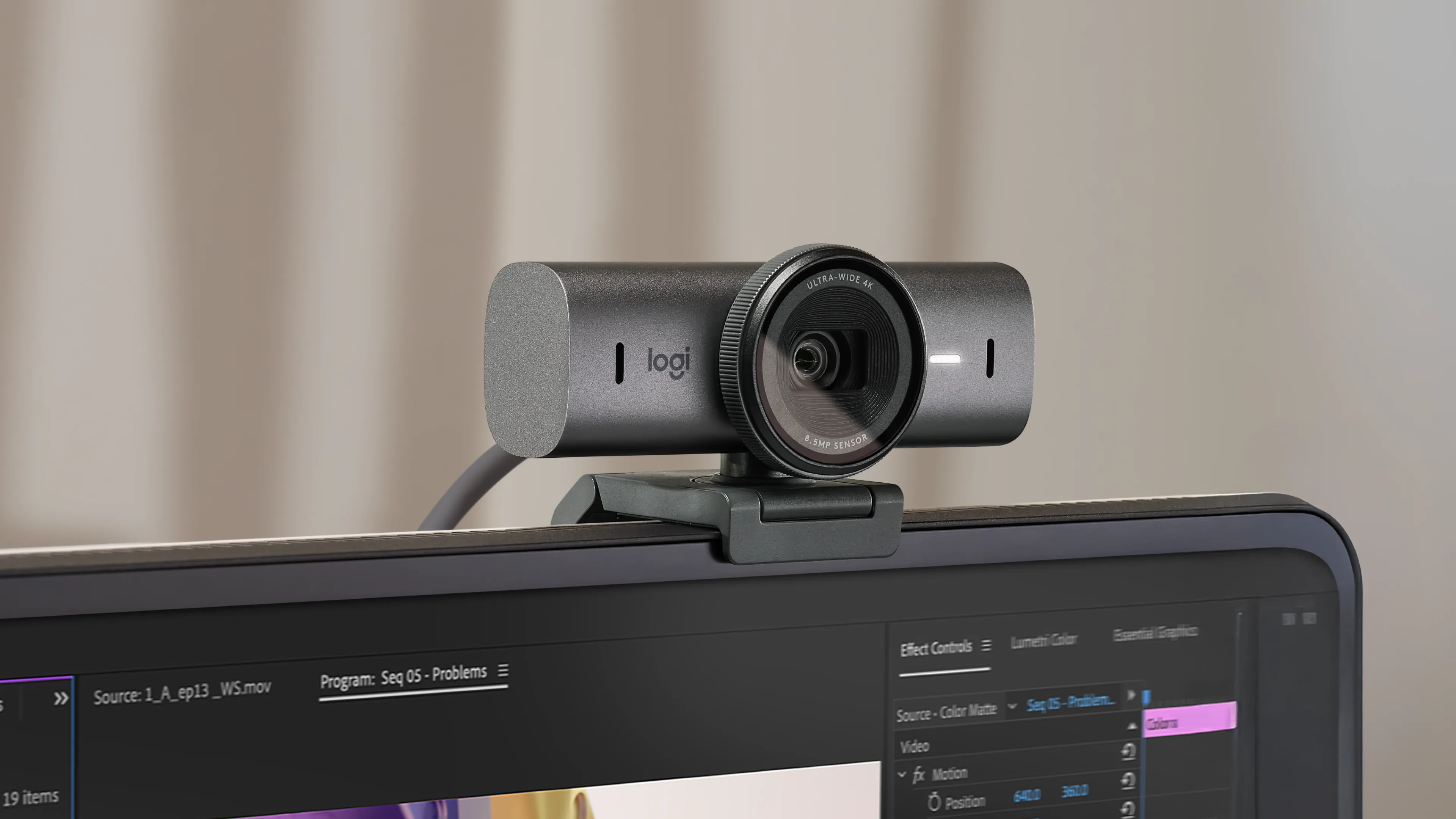
The Logitech MX Brio works well for any remote worker who wants to look good and perhaps share physical documents on video calls. The MX Brio is a 4K webcam with an 8.5MP Sony Starvis sensor with an autofocus lens, 4x digital zoom, and a 90-degree field of view.
Key Features:
- 4K resolution capability
- 8.5MP Sony Starvis sensor
- 4x digital zoom
- RightLight 5 image enhancement technology
- Multiple field of view options (65°, 78°, 90°)
- Desk mode for document sharing
Best For: Professionals who need the highest image quality and share documents or presentations during calls often. The 4K sensor ensures exceptional 1080p performance.
Price Range: $175-220
Best Value: Logitech Brio 500
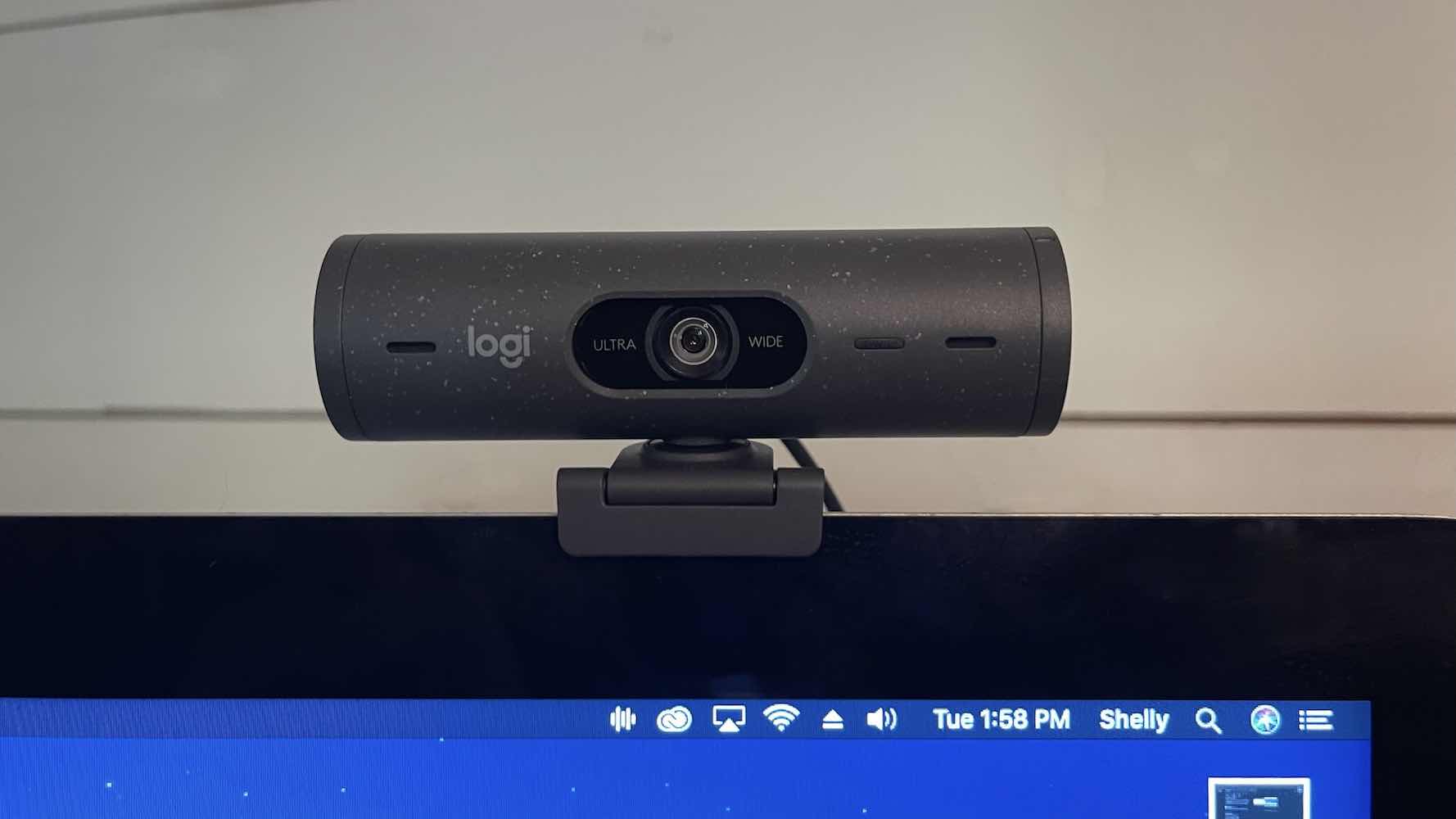
The Logitech Brio 500 is an upgraded version of the popular C920s HD Pro. It shoots the same quality of video — up to 1080p 30fps — but it has a wider field of view, upgraded zoom, improved auto-light correction, a better mic array and a USB-C connecting cable.
Key Features:
- 1080p resolution at 30fps
- Wide field of view options
- Improved auto-light correction
- Enhanced microphone array
- USB-C connectivity
- Logitech's proven reliability
Best For: Remote workers seeking reliable performance at a moderate price point. Excellent for standard business meetings and daily video calls.
Price Range: $90-130
Best Budget Option: Dell Pro Webcam
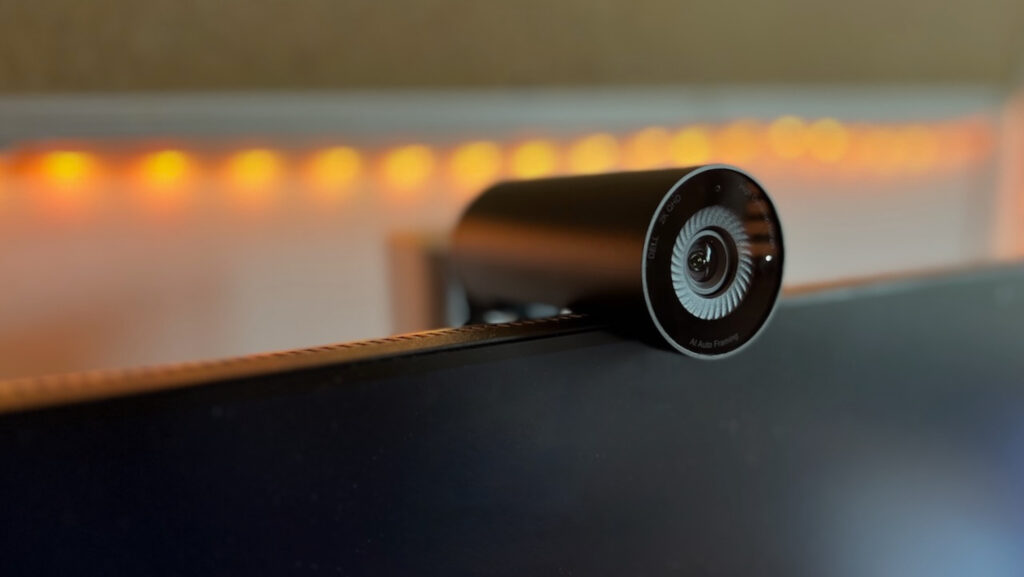
The Dell Pro Webcam performs well and costs a reasonable price. Its 2K resolution makes it sharper than most others on this list. It costs much less than 4K models.
Key Features:
- 2K resolution (2560x1440)
- Balanced performance and price
- Good low-light performance
- Reliable autofocus
- Wide compatibility
Best For: Budget-conscious remote workers who do not want to compromise on essential features. Offers better-than-1080p resolution without premium pricing.
Price Range: $60-90
Best for Low-Light Conditions: Razer Kiyo X
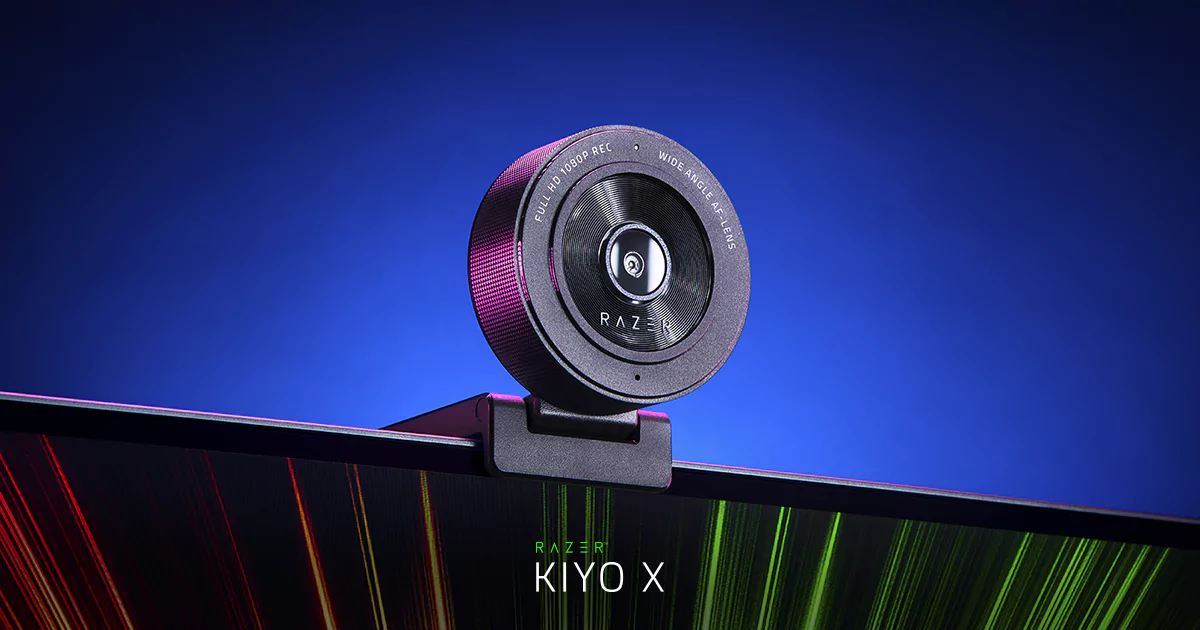
The Razer Kiyo X is becoming the go-to choice for gamers and streamers. It offers an impressive blend of functionality and style. The 1080p resolution makes you pop on screen. It fits into any setup with ease.
Key Features:
- 1080p resolution at 30fps
- Excellent low-light performance
- Compact, stylish design
- Reliable autofocus
- Plug-and-play functionality
Best For: Remote workers in dimly lit home offices or those who prefer minimal setup complexity.
Price Range: $50-80
Essential Features to Consider
Autofocus Capability
Modern webcams should include reliable autofocus systems that maintain sharp image quality as you move during calls. This feature is crucial for dynamic presentations or when you need to reference documents or objects during meetings.
Low-Light Performance
Home office lighting varies throughout the day. This makes low-light performance essential. Look for webcams with larger sensors or specific low-light enhancement technologies like Logitech's RightLight or Sony's Starvis sensors.
Privacy Controls
Physical privacy shutters or covers provide peace of mind when the camera is not in use. Some webcams include built-in privacy shutters. Others need separate privacy covers.
Software Integration
Make sure your chosen webcam works well with your preferred video conferencing platforms (Zoom, Microsoft Teams, Google Meet, etc.). Most modern webcams are plug-and-play compatible. But checking compatibility prevents potential issues.
Build Quality and Mounting
A sturdy mount that grips your monitor securely prevents camera shake during calls. Look for adjustable mounts that allow positioning optimization for your workspace setup.
Installation and Setup Tips
Optimal Positioning
Position your webcam at eye level to create natural-looking video calls. Avoid placing it too high or too low. This can create unflattering angles. The camera should be about 18-24 inches from your face for optimal framing.
Lighting Considerations
Face a window or light source when possible. But avoid backlighting that creates silhouettes. Consider adding a desk lamp or ring light to ensure consistent lighting throughout the day.
Background Setup
Choose a clean, professional background or use virtual backgrounds if your webcam software supports them. Avoid busy or distracting backgrounds that might take away from your professional appearance.
Testing and Optimization
Test your webcam with your primary video conferencing software before important meetings. Adjust settings like brightness, contrast, and zoom to optimize your appearance. Most webcam software allows you to save preferred settings for consistency.
Troubleshooting Common Issues
Blurry Video
Check that your lens is clean and autofocus is enabled. Make sure you have adequate lighting and verify that you are within the optimal distance range for your webcam.
Audio Sync Problems
Update your webcam drivers and video conferencing software. Sometimes switching USB ports or using a powered USB hub can resolve sync issues.
Poor Performance
Close unnecessary applications that might be using your webcam or consuming system resources. Make sure your computer meets the minimum requirements for your chosen webcam resolution and frame rate.
Future-Proofing Your Investment
Emerging Technologies
AI-powered features like auto-framing and gesture recognition are becoming more common. Consider webcams with software update capabilities to access new features as they become available.
Connectivity Standards
USB-C connections are becoming standard and offer better power delivery and data transfer rates. While USB-A remains common, USB-C provides better future compatibility.
Resolution Evolution
While 4K is not essential today, it may become standard as internet speeds improve and video conferencing platforms evolve. Investing in a 4K-capable webcam ensures your setup remains relevant longer.
Making Your Decision
When choosing a webcam for remote work, prioritize image quality, reliability, and compatibility with your existing setup. The Elgato Facecam MK.2 offers the best balance of features for most remote workers. The Logitech MX Brio provides premium performance for those willing to invest more. Budget-conscious users will find excellent value in the Dell Pro Webcam or Logitech Brio 500.
Remember that a webcam is an investment in your professional image and career success. Choose a model that meets your current needs while providing room for growth as your remote work requirements evolve. The right webcam will serve you well for years. This makes it a worthwhile investment in your remote work toolkit.
Consider your specific work requirements, budget constraints, and technical environment when making your final decision. A quality webcam combined with proper setup and lighting will ensure you maintain a professional appearance in all your video communications. This contributes to your success as a remote worker.
![image of a customer service representative (focusing on workspace) [background image]](https://cdn.prod.website-files.com/686ff0f42c677102ebc56fac/68742795403ef4a65e7904e3_webcamcall.webp)
